 Oh my god! What have we done to this wonderful sport we love so dearly? Has the game changed so much as to become a totally diametrically opposed game from what most of us were brought up enjoying its many excitements and challenges? Is this change possibly good for the game? Or has it totally destroyed its pure original intent?
Oh my god! What have we done to this wonderful sport we love so dearly? Has the game changed so much as to become a totally diametrically opposed game from what most of us were brought up enjoying its many excitements and challenges? Is this change possibly good for the game? Or has it totally destroyed its pure original intent?
So what’s this change I’m speaking of? The ever-present change is regarding the oil transition we see each time out. This is especially true for league bowlers when the majority of bowlers of one hand, generally right handed. The main culprit is the oil-absorbing high performance balls being used by 90+% of today’s bowlers. The stronger the ball hooks, the more oil is removed from the lane. High flaring cores and high porosity covers simply suck oil from the pattern each and every shot. The more bowlers on the pair the faster this ugly transition will occur. The faster this occurs the quicker the bowler needs to recognize and adjust. But what adjustments are the correct adjustments? For most of us we simply move both our feet and target inside the oil pattern. A typical move could be 2 boards with the feet and I board with our target. For players with higher rev rates the move in will often be more dramatic, such as a 4 and 2 move. This adjustment can work, but what if it doesn’t? What if our carry percentage drops like the Dow Jones average? This dilemma occurs more often than we’d like to admit. This is the time our knowledge needs to be up to date regarding coverstock and surface options. Our expertise regarding ball layouts also will come into play if we recognize what the lane is asking for. Does the lane require an earlier read or more length and flip? Do we need a layout which responds quicker off friction or should we use a weaker layout and play further outside on the lane? Naturally I can’t answer this due to the many variables associated with making the correct decision, plus I’ve made many a wrong guess for myself, even with my 44 years of bowling experience and 35 years of ball motion knowledge. This is my reason for this article, the game has gotten unbelievably complex for the majority of players involved and this includes the vast majority of PBA players. In fact how often this season have we seen an elite player either using the incorrect ball or playing the wrong part of the lane? Also, how often have we seen the lone-handed player walk away with a tournament while the other similarly-handed players struggle through the lane oil transition? It appears as though the less amount of this transition anyone encounters, the greater the likelihood of success.
Bowling today has evolved into an extremely complex chess match, which involves a multitude of lane play options and most importantly the need for almost as many ball options as golfers have clubs in the bag. We as bowlers should also possess an array of physical adjustments readily available at a moments notice. Some of the adjustments should include loft, ball speed, hand position options and most importantly the ability to play almost any board on the lane of play.
Today’s accomplished bowler must also have knowledge of bowling equipment. This knowledge must know the differences in ball reaction between the myriad of coverstocks. We also must comprehend the perceived changes in ball motion when we alter a specific ball’s surface texture. We need to see the lane both front to back and side to side more clearly than ever before. We need to feel lane transition as it occurs and have the ability to make the correct guesses concerning lane play and equipment choice. Lastly, we most certainly need an understanding of ball layouts and how they affect motion and pin carry. I can not emphasize how important this last statement is in relation to this ever changing environment we call bowling.
To help overcome this array of challenges we see each time we step onto the approach, I’ll break things down into segments: ball surface types, ball surface options, lane play and ball layout choices. I will forego bowler adjustment variables, primarily because I’m a ball guy. Most educated coaches should be able to help those in need regarding physical changes we can make in our games to help overcome bowing’s obstacle course. This omission on my part does not by any means reduce the importance of a strong versatile physical game. The stronger and more diverse one’s game the better one can cope with the sure to come challenges we will see. This strong physical game will only compliment the other elements which are essential to successfully compete in this complex game of fractions of an inch.
When plan A fails
What to do when our typical 2-1 move fails to work.
When carry decides to leave the building, how do we entice him back in…
What subsequent adjustments can be made.
Speed, loft, hand position, ball type, surface prep, layout choice
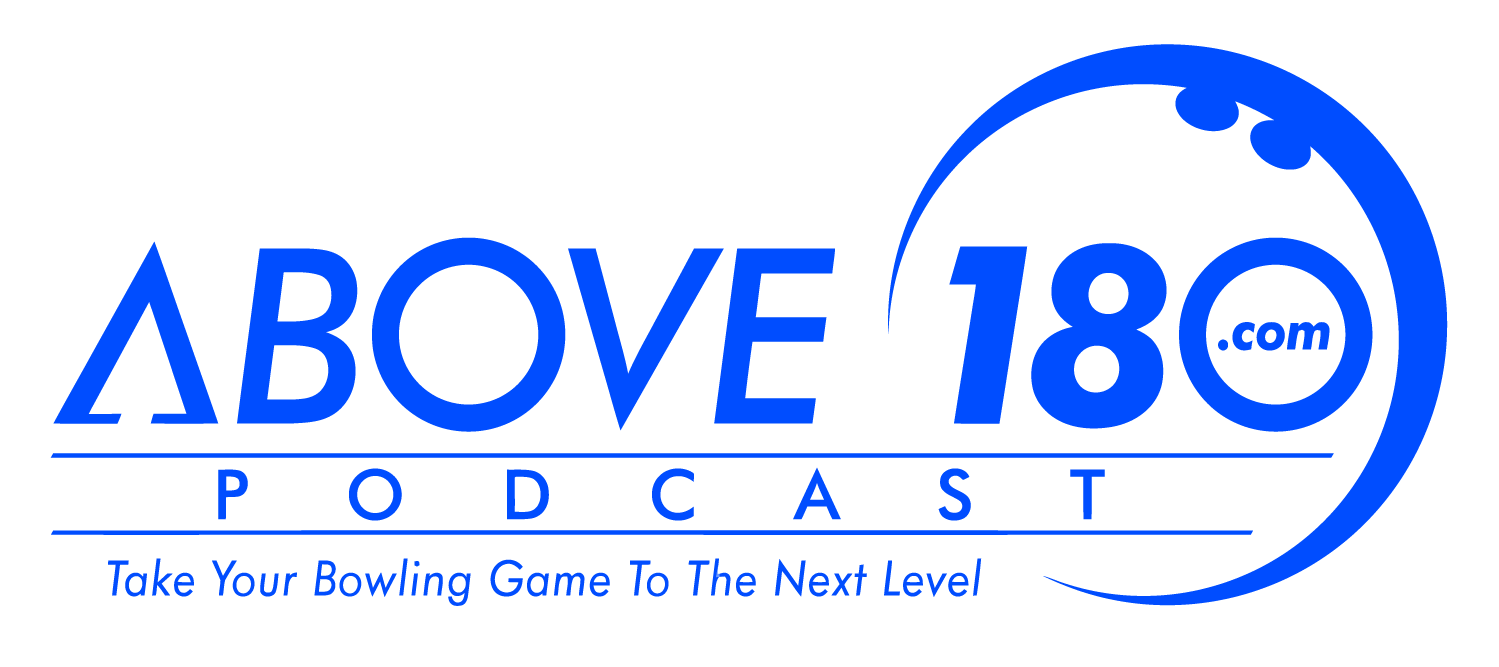





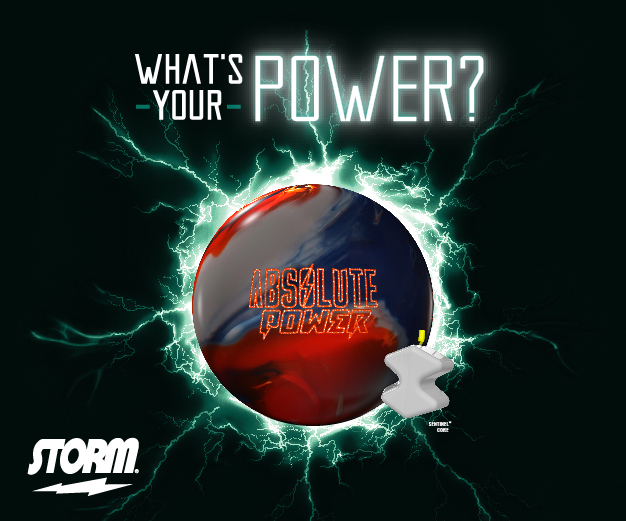


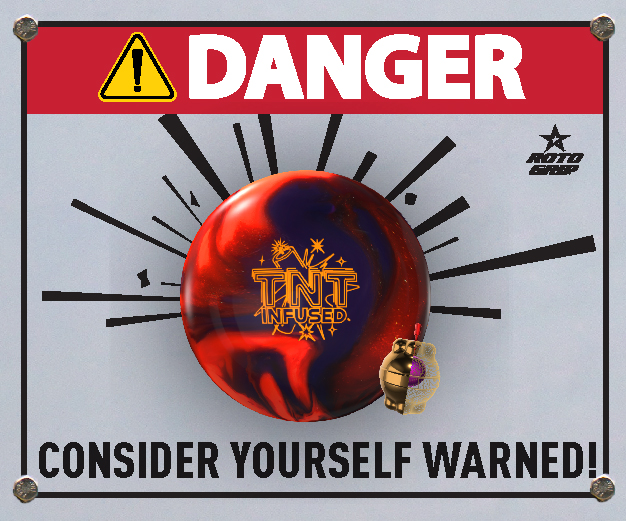

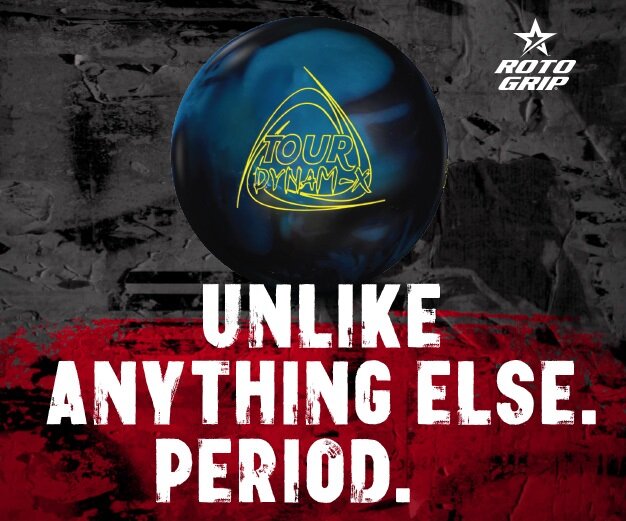


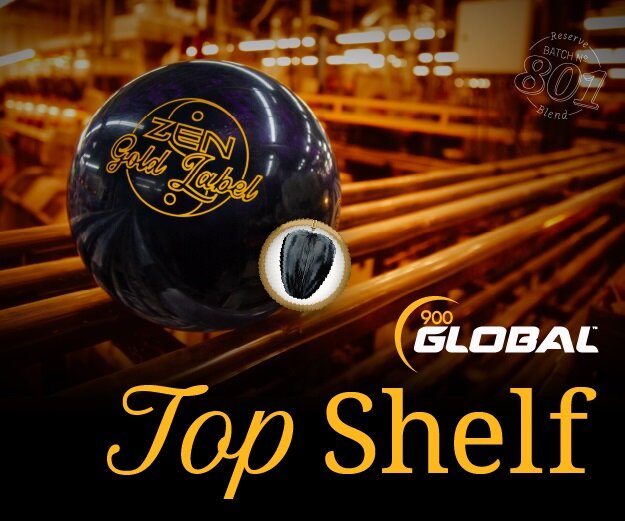
You state that bowling today has evolved into an extremely complex chess match. I would certainly agree with that.
Is it a coincidence that bowling isn’t as popular now as it was in decades past? Do you think that this complexity encourages people to bowl more, get involved in competitions and so forth? The PBA is the epitome of complexity, requiring ball rep experts to coach the players constantly. Is that a good thing? A common complaint from the pros is that the viewers just don’t understand how tough it is for them every week. How can “normal” people be expected to understand something that isn’t at all close to what they see in their local center?
Personally, I think that bowling needs to go back to the less complex game that it used to be, like the recent Plastic Ball tournaments of the PBA. People need to be able to understand and relate to the game of the pros, if the Tour is to remain viable. I think that the complex oil patterns need to go and that everyone from rank amateur to top ranked pro, bowl on the same oil pattern. That oil pattern needs to be standard in every center across the country, making the playing field level for all.
Kerry,
Thank your for your comments look for us to address this on an upcoming podcast.
I noticed your reference to my comments on facebook. Nobody here or there wants to discuss the issue, so I guess the apathy towards the future of bowling is pretty much universal, even by those that claim to love the game.
I find that very curious.
The game is too complicated for us average “Joe’s” and it leads many of us to give up on keeping up with the better players as we age. The $$$ amounts needed to carry this arsenal is out of reach to many a family man and since most bowlers are still once a week bowlers at one specific house, with maybe a tournament or two each season, we are at a huge dis-advantage competing. The average golfer can still keep his same clubs and keep golfing, and basically compete with the course and/or against himself, while bowlers are usually competing against others in league or tournaments. I don’t need four different sand wedge clubs but it seems like I do need four high-power new balls to walk into any tournament if i want to compete.
John,
Thanks for the comments we are going to address your comments on this weeks show.
Tim
I suppose the ultimate issue is whether bowling is to be an athletic sport or devolve into entertainment like so many other ‘sports’ have done in order to be popular.
I personally would like to see the ‘wall’ disappear and some limits placed on ball technology. This would lower scores and would probably be unpopular with higher average players. Low and medium average players would either not notice or enjoy seeing the gap between them and the ‘elite’ bowlers shrink.
I believe bowling can become more popular by modeling itself after golf. No advantages for pros and a more difficult shot, likely a longer pattern or a heavier oil, or even heavier pins.
To gain appreciation for the increased difficulty(analogous to the Blue/White/Red/Gold tees in golf), require houses to offer at least one ‘pro’ shot league each season. If it doesn’t make then fill the block with something else.
Golf isn’t so popular because pros shoot 40 under par while amateurs shoot only 10 over 4 rounds. It is more popular because pros shoot about the same as top amateurs from a measurably(and obviously) more difficult position. This needs to be duplicated in bowling terms.
With the complexity of balls, layouts, surfaces, etc., it is unclear how many amateurs could compete head to head with the pros if they had the advice and assistance of equipment gurus as well. This is the essence of why popularity is waning.
When bowling took its initial nose-dive in popularity, it was specifically because those in charge of the sport did not make it clear to the bowling public why the pros in the 60’s couldn’t seem to break 200 half of the time in the television finals. The pros lost their ‘specialness’ in the eyes of the public.
Color the heavier ‘pro’ pins, tint the heavier ‘pro’ oil, whatever it takes to make it obvious why the pro has a more difficult challenge, but please go back to the simpler, yet more difficult sport.
I bowled my first sanctioned 300 in 1979. It was the only one at that alley for years. After a 19 year layoff, I returned to the game last year and bowled my most recent one within 8 months of returning to the sport. As I learned how many are thrown each year, just in our area, it greatly devalued the accomplishment.
Just my two-cents.